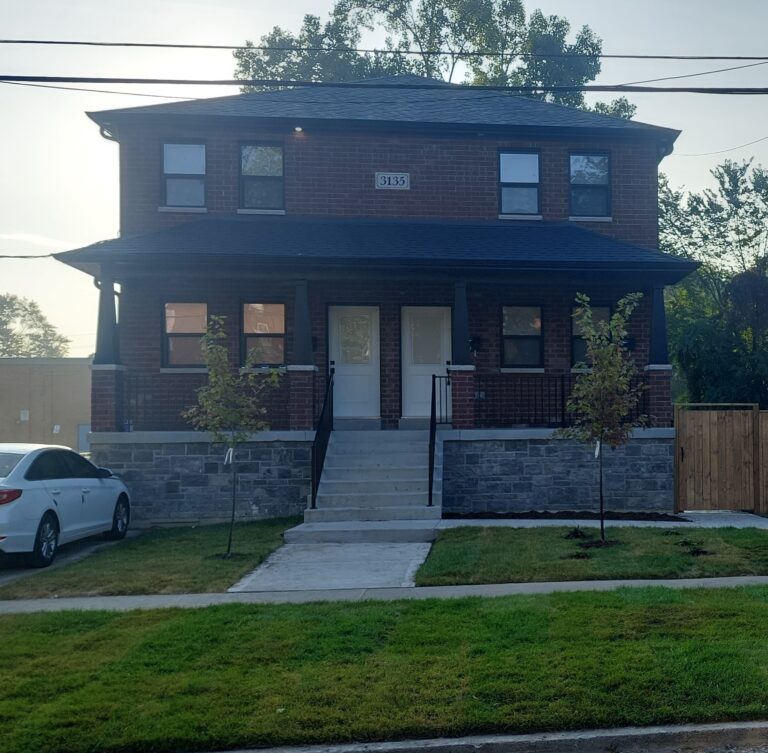Attached ADU
An Attached ADU is a secondary dwelling unit that is physically connected to an existing home. Unlike retrofitted ADUs, which work within a home’s current layout, an attached ADU expands the home’s footprint by adding additional space. This can involve extending the structure into the backyard or adding a second-story unit above the existing house.
What is a Attached ADU?
An Attached ADU is a home addition that serves as an independent living space while still being physically connected to the main house. It includes its own kitchen, bathroom, living area, and entrance, making it a fully functional residence.
Examples:
- Rear Addition: Expanding the home into the backyard to create a self-contained unit with a separate entrance.
- Second-Story Addition: Removing the existing roof and constructing an additional floor as a separate living unit.
- Side Addition: Extending the side of the house to create a private living space while keeping the main residence intact.
How to Build an Attached ADU in Ontario
Creating an attached ADU involves several key modifications depending on your existing home layout. Some common approaches include:
- Determine Available Space
- Assess whether the backyard, side yard, or second floor is the best option for expansion.
- Ensure the addition complies with setback requirements and lot coverage limits.
- Obtain Permits and Approvals
- Verify that local zoning laws allow for an attached ADU.
- Submit architectural plans for review by city officials.
- Construct the ADU
- Extend foundation, walls, and roofing to integrate the new space.
- Ensure utilities such as water, electricity, and HVAC are connected properly.
- Install separate entrances for privacy and accessibility.
- Interior Finishing
- Design the unit with a kitchen, bathroom, and living area.
- Ensure compliance with fire codes, including fire-rated walls and independent exits.
This is simply a general guide of some of the things which may be required to build an attached ADU. Contact us so we can get a better understanding of the requirements for your specific home and if building an ADU is possible!

Can I Legally Build an Attached ADU in Ontario?
Attached ADU additions must adhere to specific Ontario Building Code and zoning regulations to ensure safety and habitability. Some key requirements include:
- Municipal Bylaws – Each municipality has different rules for ADU construction.
- Building Code Compliance – Fire safety, insulation, and structural integrity must be up to code.
- Utility Connections – Some areas require independent meters for water, gas, or electricity.
Our team at Windsor ADU’s will navigate all of these regulations for you, ensuring your attached ADU conversion meets all legal and safety requirements.
Benefits to Having a Attached ADU in Ontario
An Attached ADU offers a range of financial, functional, and lifestyle benefits, making it one of the most practical ways to enhance your property:
- Maximizes Property Space – Adds new living space without requiring a separate lot or structure.
- Increases Home Value – Boosts property value and potential rental income.
- Provides Housing for Family – Ideal for multi-generational living or adult children.
- More Privacy Than a Retrofitted ADU – Offers separate entrances and more separation between living spaces.
An attached ADU is a valuable addition to any home, offering flexibility, increased living space, and rental potential. Whether you’re expanding your home for family or generating rental income, Windsor ADU’s can help you navigate the process from design to construction. Contact us today to get started!